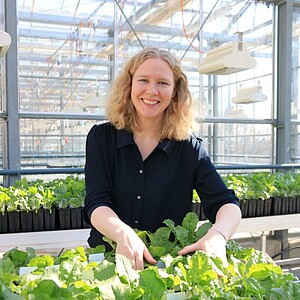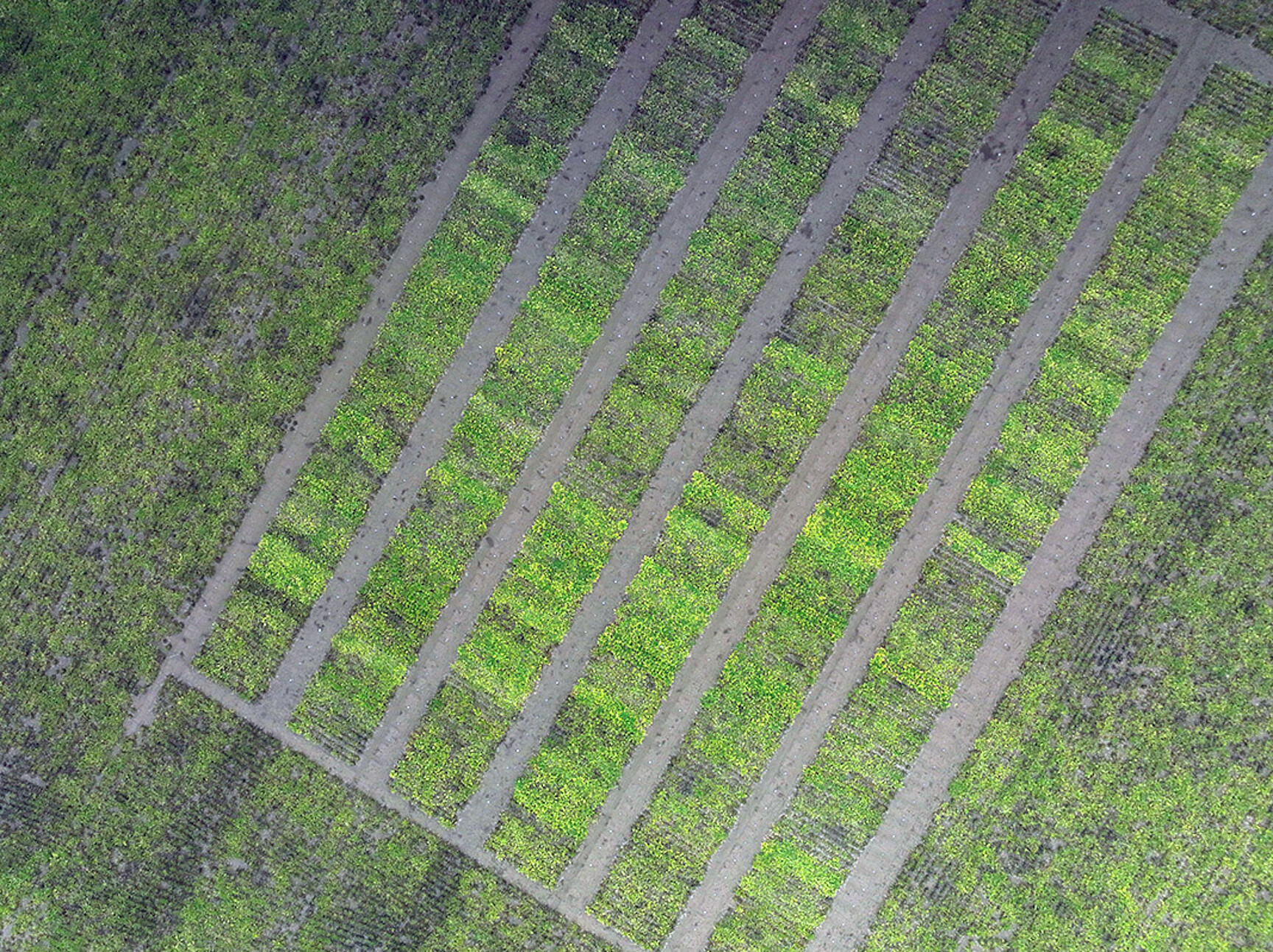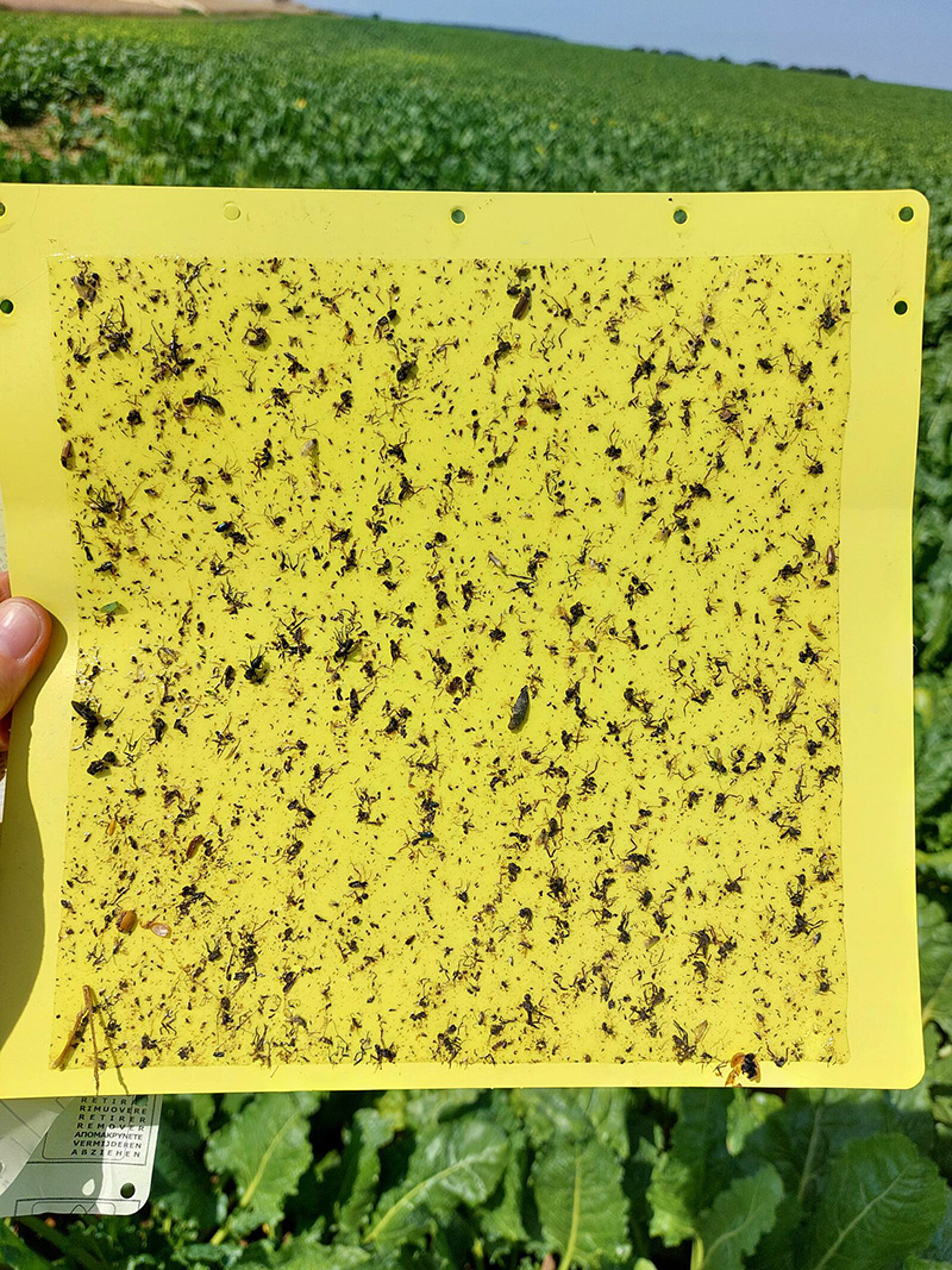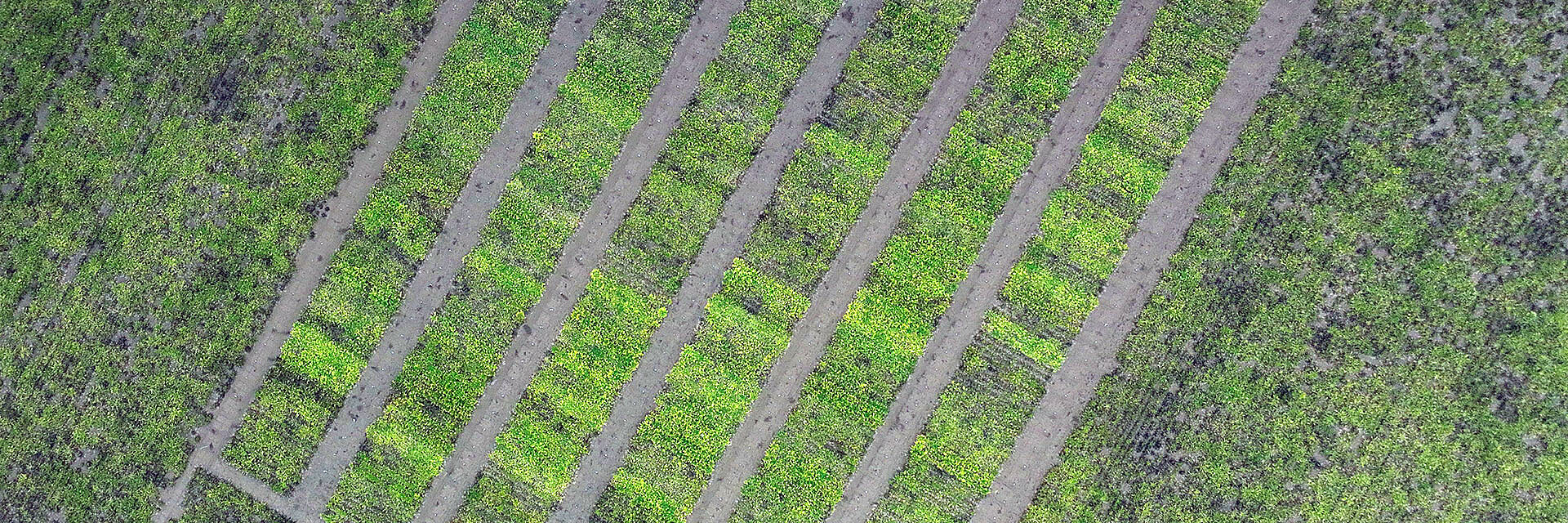We are working on it: SBR- and stolbur-tolerant sugar beet varieties
The development of SBR- and Stolbur-tolerant varieties is currently the biggest challenge for us as sugar beet breeders. This is because the pathogen in both cases is a bacterium and, unlike the well-known rhizomania and yellowing viruses or beet nematodes, has not yet been extensively researched. In addition, the vector, the reed-glasswinged planthopper, is spreading extremely rapidly and has an enormous reproductive potential. The two pathogens, Candidatus Arsenophonus phytopathogenicus (SBR; γ-3-Proteobacteria) and Candidatus Phytoplasma solani (Stolbur; a cell wall-less bacterium) result in high sugar content and yield losses in infected sugar beet. Among the existing varieties, it was quickly determined that there are less susceptible genetics and that the development of tolerant varieties is possible.
We now need to develop new testing methods. These will form the basis for testing our genetics in the field, in the greenhouse and in the laboratory under standardised conditions. To do this, we need to be able to reliably evaluate the different damage patterns caused by SBR and Stolbur in the field, for example. We examine our genetics and their behaviour in the field and in biotests and combine this data with our genetic analyses. Genetic markers can detect tolerance at an early stage.

Dr Bettina Müller
Plant Breeding / Data Science
On the trail of the tolerant variety.
Dr Bettina Müller: "This year, we have further increased our breeding capacity in southern Germany and are conducting tests under SBR and Stolbur conditions. Next year, we will also be establishing a plot in eastern Germany.
We assess all our test plots weekly from the start of the cicada flight and also fly over them with a drone. Here we use various sensors, such as RGB, thermal and multispectral. We want to use all this data to develop a classifier for SBR and Stolbur. SBR can be determined by the amount of yellow in the test plot. Stolbur can be recognised by whether the plant shows symptoms similar to drought stress. By observing the plots weekly, we can accurately describe the development of the disease for each individual genotype."

Dr Maria Köhler
Plant Breeding / Data Science
The cicada is being researched.
Dr Maria Köhler: "Like many different official bodies such as chambers of agriculture and working groups, we are establishing cicada monitoring for our field trial sites using sticky traps. Here, we are working with the Pessl company to develop an electronic trap that records the sticky traps daily and will be able to recognise and count the reed glasswing cicada itself in the future. This allows us to record the arrival and infestation pressure of the cicadas.
Furthermore, like other research institutions, I am investigating cicadas and diseased plant material for the bacterium and phytoplasma. So far, it has been shown that Stolbur usually occurs in combination with SBR. In contrast, SBR also occurs on its own, especially in Saxony-Anhalt and Saxony. However, further research is needed before definitive conclusions can be drawn."




